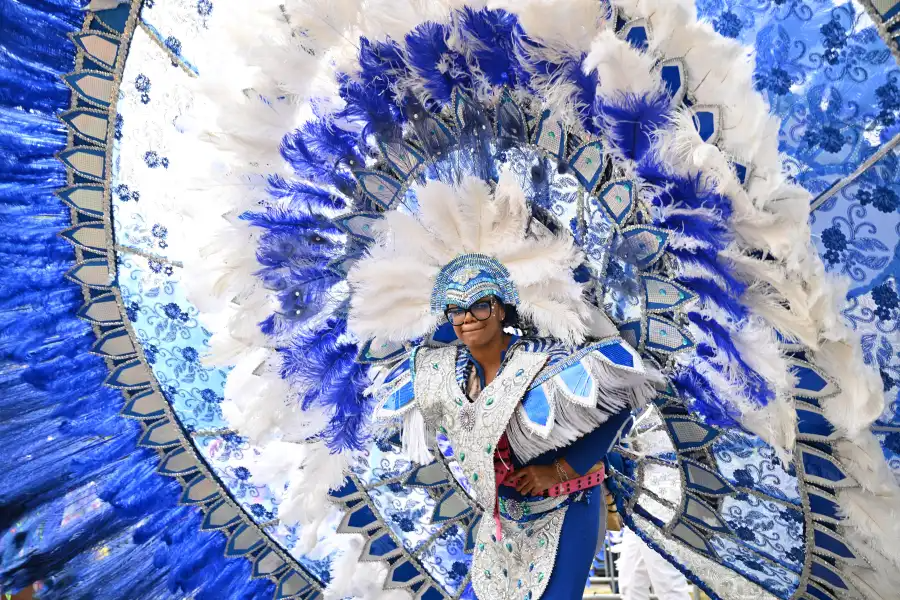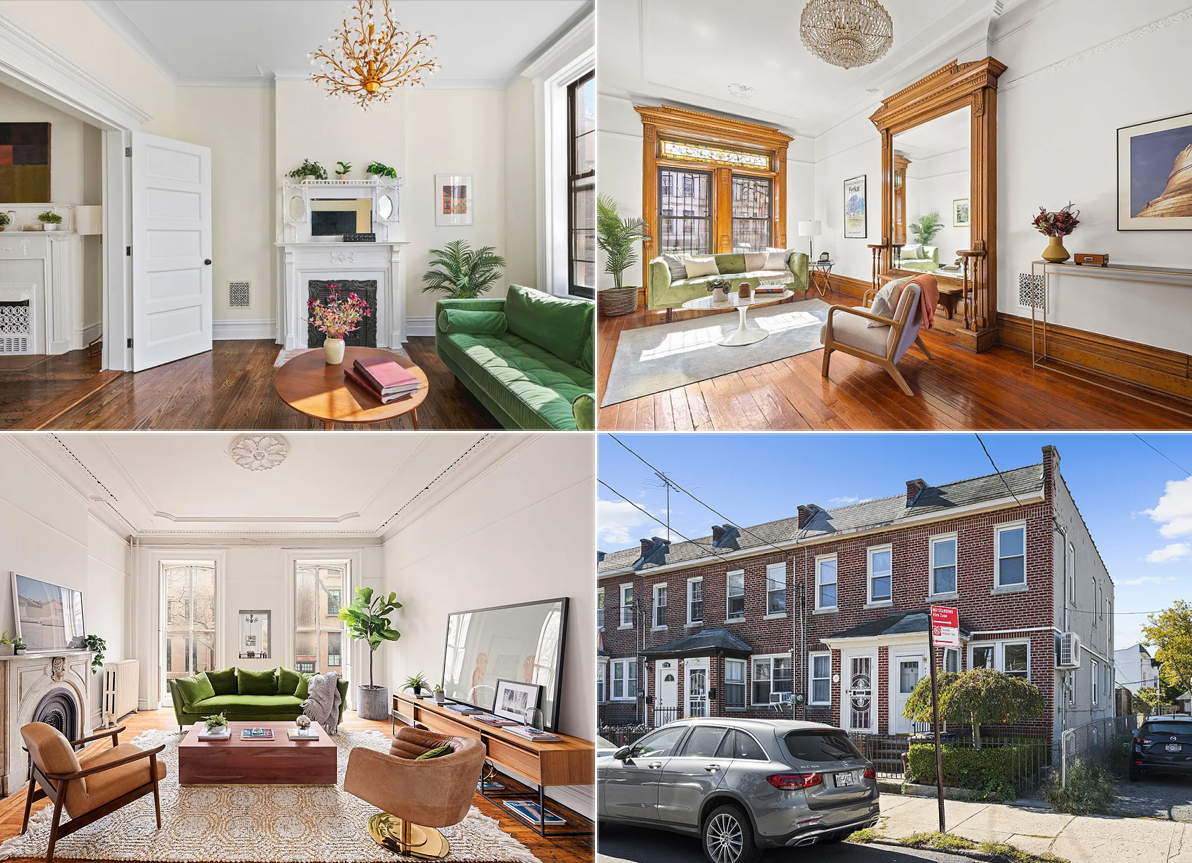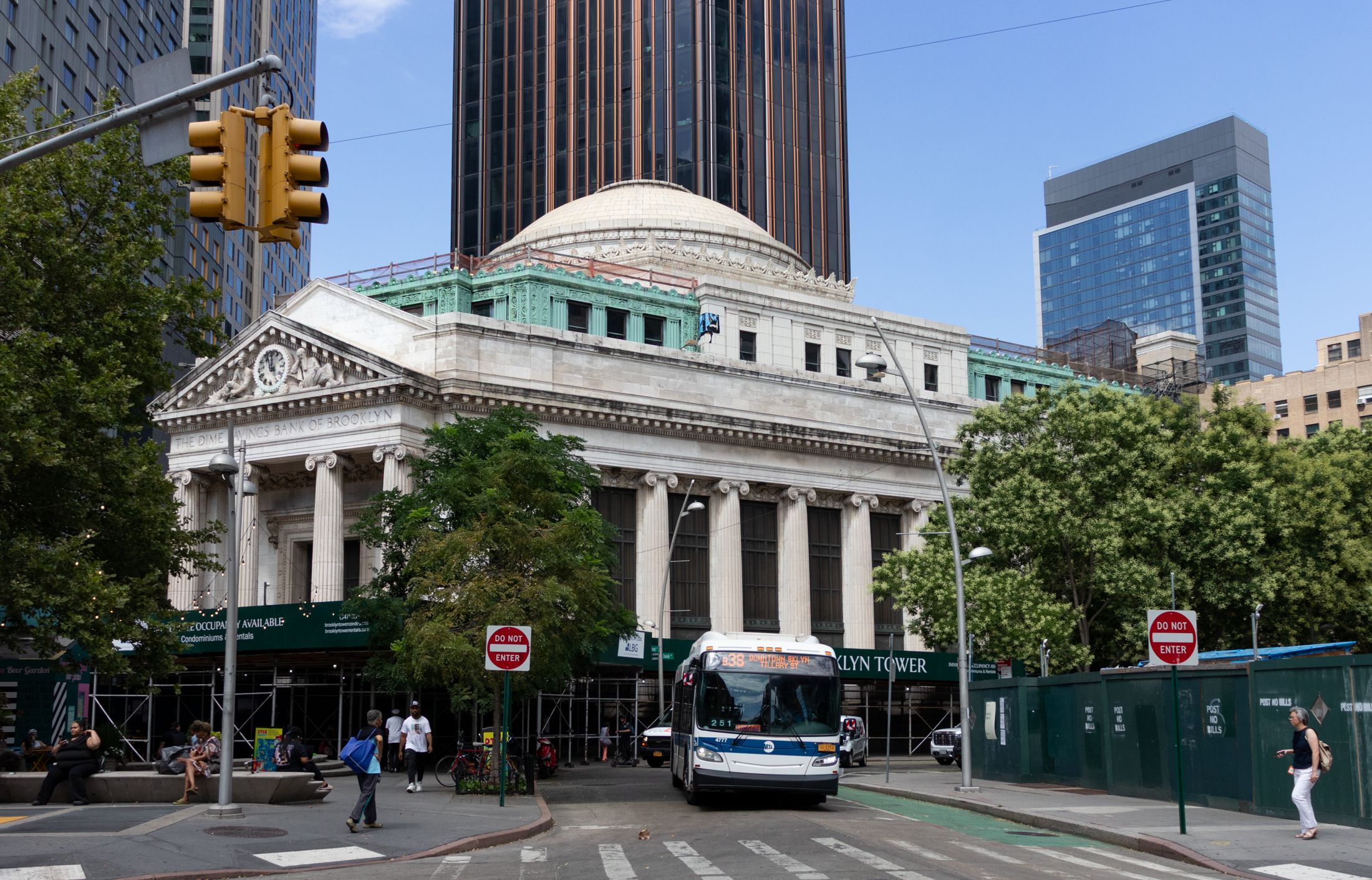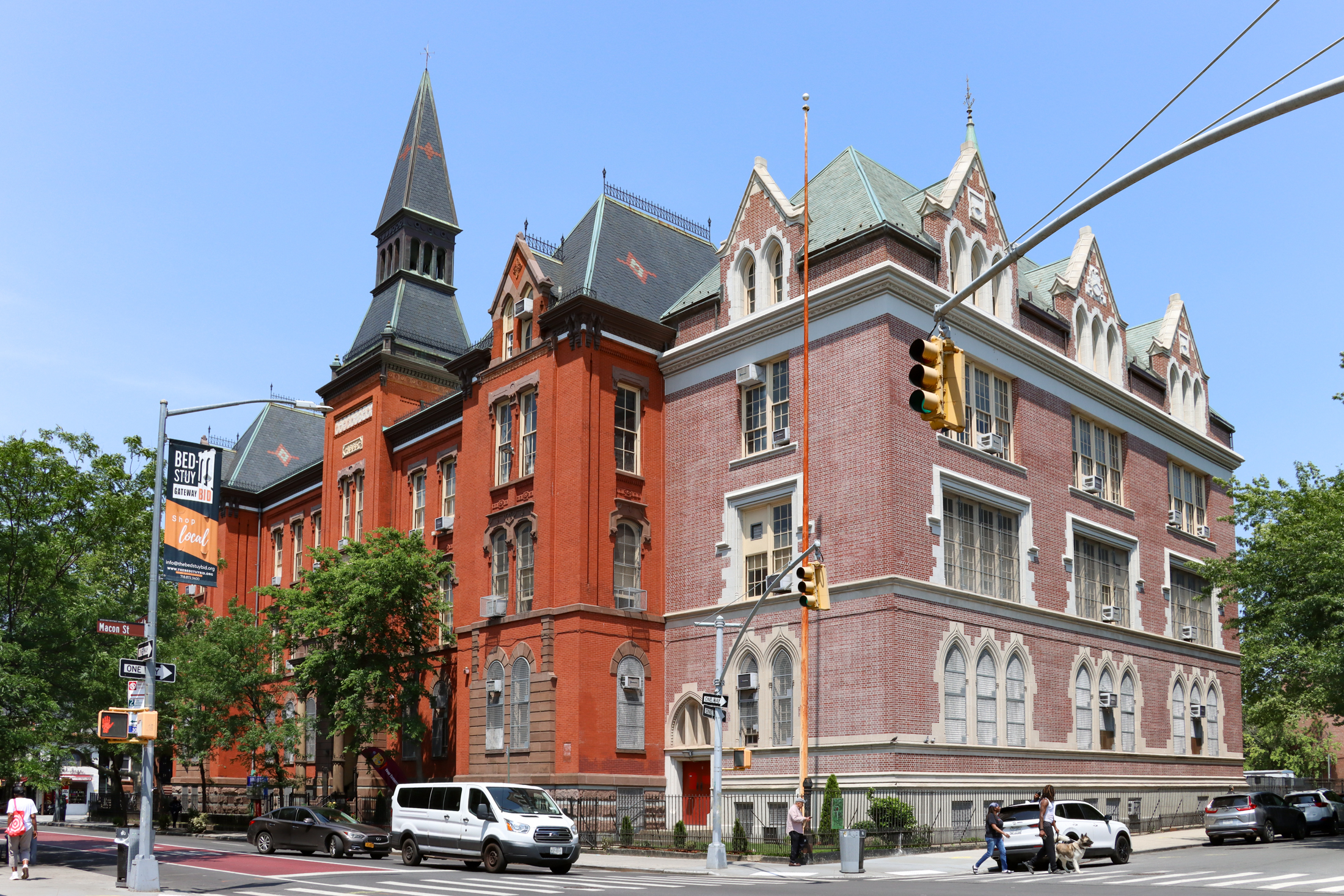Video: Weeksville
Weeksville holds a very important place in the history of New York City and the history of African Americans in the United States. Started in the 1830s by James Weeks, a freedman who purchased the land from another freedman, Weeksville became known as a socially progressive community and one that was also noteworthy for the…
Weeksville holds a very important place in the history of New York City and the history of African Americans in the United States. Started in the 1830s by James Weeks, a freedman who purchased the land from another freedman, Weeksville became known as a socially progressive community and one that was also noteworthy for the high percentage of land ownership among its residents. The three homes on Hunterfly Road (currently in the neighborhood known as Bedford Stuyvesant) were rediscovered in the 1960s and have become a museum. Channel 13 just posted a documentary on the subject that you can view above or on this link.
The City Concealed: Weeksville [Thirteen via Gothamist]





1842:
New York emancipation, decades in the making, didn’t occur until 1827, but various exceptions in the law persisted until 1841, which is why I took the mid-point of 1830s.
And Pierre:
The New York rebels were informal associations of slaves, indentured servants and saloon keepers, and included women. People were hanged or burned at the stake following show trials.
As for “Black and Tan” it began in Ireland for a breed of dog with dark and light hair, then applied to characterize a mix of ales. I wouldn’t be surprised if it were eventually translated for social groups, however. (There was a Black and Tan political movement, but in Ireland.)
NOP
Pierre, please peruse their website, as listed in my first post. Weeksville is not far from Stuyvesant Heights, about 5 blocks from Atlantic Avenue. Full directions and hours are listed on the site, as is an extensive and fascinating history.
NOP, I’m not sure if those are the Albany houses, or if they have another name. Interestingly enough, homes east of Kingston Ave are considered to be in Weekesville by the city, or at least by Property Shark, even if not all that close to the actual site.
Actually, I think NY emancipation was in 1826, if memory serves.
I always wondered where some of the old houses were – I wanted to go over and see them. Now I know!
As always NOP that was awesome. Didn’t know about the Irish and Blacks getting along but guess oppression breeds unity amongst the oppressed….is that where the “black and tan” expression comes from?
Brownstoner:
What a nice way to start the day out here: a video clip about my old neighborhood, Crown Heights, where I grew up during the 1950s, accompanied by notes from Montrose Morris!
I’d heard about Weeksville many years after leaving Brooklyn, but had no idea it was so extensive, encompassing 500 houses within enormous boundaries (enormous for Brooklyn, anyway).
Needless to say, the subject never came up while I was a kid a P.S. 41, just blocks away at the corner of Dean Street and New York Avenue, nor later, when nearby at P.S. 138 I was taught New York City history and civics. (I do remember our town’s budget from the time: More than a billion dollars! Bigger, the text bleated proudly, than that of any but one or two states.)
Weeksville’s area is very vague for me. The beauty of Crown Heights back then was that everything a kid needed was within a few blocks. My neighborhood boundaries generally consisted of Fulton Street where we hopped the A train; Brower Park and the old Childrens Museum; Brooklyn Avenue where our doctor practiced, and Grant Square, where I had friends at the Imperial Apartments. To slip beyond those edges was an adventure.
Montrose, is the housing project shown in the video the Albany Houses? I did have a pal there and visited him occasionally. Other than that, the region east of Brower Park is a real mystery for me.
Shamefully, African-American history was suppressed until recently. Even in Kenneth Jackson’s New York City history course at Columbia, it rarely — if ever! — came up, and this was in the 1970s, after Weeksville was “discovered.”
More recently I took at cab over to the New York Historical Society’s “Slaves in New York” exhibition.
“There were slaves in New York?” the cabbie asked me.
“Until the 1830s,” I answered.
“Who knew?” he said.
“Who knew?” my brother asked later over dinner. “And I always thought we were reasonably well educated.”
Not about this kind of history. And certainly not about Weeksville, an antidote.
(And What, thanks for the links. Did you know that there were rebellions during the 1700s when Africans and Irish conspired together against the British?)
Nostalgic on Park Avenue
I wonder if anyone knows the the story behind Weeksville?
James Weeks, a freedman who purchased the land from another freedman, Weeksville became known as a socially progressive community and one that was also noteworthy for the high percentage of land ownership among its residents.
The New York City Draft Riots of 1863
http://www.press.uchicago.edu/Misc/Chicago/317749.html
Did you know that they used to hang black men from the lamp posts in Manhattan in the 1800’s? Did you know that Lower Manhattan was home to Black people? If watch the movie “Gangs of New York” you see some of this history. Black people fled Lower Manhattan to Harlem and Weeksville. I’m very surprised that the “Brownstoner Geniuses” did not know this and the Asshead wonder why I go off…
African Burial Ground Memorial
http://www.lowermanhattan.info/construction/project_updates/african_burial_ground_memorial_40717.aspx
In September 2005, ground was broken for a $3 million memorial at the African Burial Ground, located at Duane and Elk Streets just north of City Hall. The memorial commemorates the lives of 20,000 enslaved Africans who were laid to rest in the Civic Center area in the 17th and 18th centuries. The burial ground was rediscovered in 1991 during the course of excavation to build a new federal courthouse. Though most remains were exhumed at that time, more than 400 were ceremoniously reinterred in October 2003.
The What
Someday this war is gonna end…
“Weeksville (which is technically in Crown Heights, although Bed Stuy has claimed it forever).”
Correct, MM. Nice to see you set the record straight, and for Brownstoner to cover this. BTW, I too encourage lovers of NYC/black history to visit.
Amazing stuff Mr B and very touching.
MM whats the address of the Museum? Sadly this is the first time we’ve heard of Weeksville but promise to go visit in the summer.
Thanks for posting this, Mr. B. Weeksville has a very interesting and active museum complex that too few people know about. It is a good place to bring a classroom of kids, or just yourself. African-American history is, after all, American history, and should be explored by anyone interested in what life was like in the past.
Too many people secretly, or not so secretly, think that African Americans have achieved nothing between being freed by Lincoln and redeemed by Martin. ‘Taint so, and this important museum helps fill in some of the blanks. The fact that even a couple of houses from this time period survived in urban Brooklyn is amazing. Another probable Weeksville building was just discovered a couple of years ago, covered up by later development. I encourage everyone to check out their website, and visit Weeksville (which is technically in Crown Heights, although Bed Stuy has claimed it forever).
http://www.weeksvillesociety.org/node/3